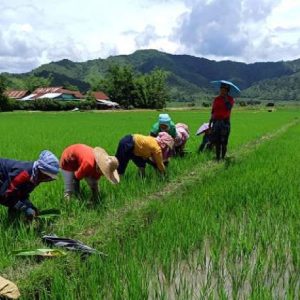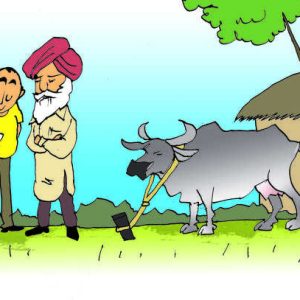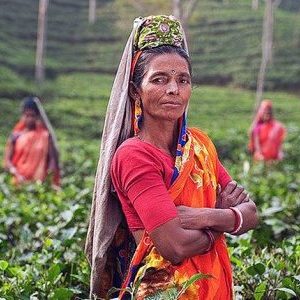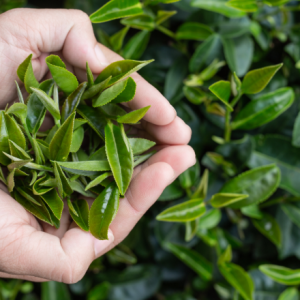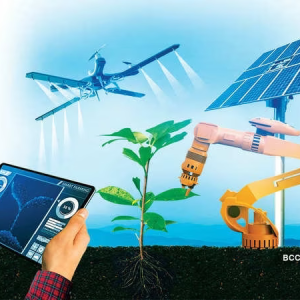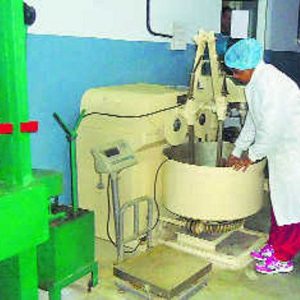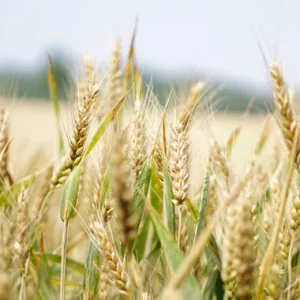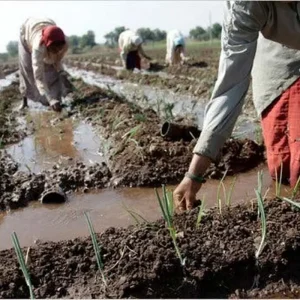We at AgNext, organized a webinar or rather musings over the way the tea industry is evolving and it was attended by 600 participants from more than 18 countries. The focus of the discussion centered around the evolution of the tea industry and how in the post-COVID world tea industry would shape up.
In order to set the tone of the webinar a poll was conducted questioning that “What will accelerate the Tea Industry’’? Well, the majority went with “New age technology interventions” & “stronger market linkages’’.
Adding to this Mr. Taranjeet Singh Bhamra, CEO AgNext underlined that the tea industry is at the cusp of transforming itself and it would be facilitated by unlocking AI and Data-Driven technologies. Most of the panel speakers who participated in this webinar echoed the thought process and shared their views around the same theme.
Mr. Joydeep Phukan, Principal Officer & Secretary – TRA India, emphasized that it was market linkages coupled with technology that would accelerate the tea industry riding on the technology-based interventions. Integration of technology was the need of the hour and integration needed to be undertaken both at the front end and backend to realize the full value of the value chain and also facilitate product diversification and creation of new markets.
As a matter of fact, the theme that emerged repeatedly from the webinar was that the tea industry has still not tested its potential and it needed to diversify and create a new customer base. Mr. Taranjeet Singh Bhamra gave the example of an HBR case study wherein it took 20 years for the coffee industry to establish itself in Japan and he aspired that the same would happen within a decade for the tea industry.
There was an interesting discussion about the medicinal value of black tea and how in the post Covid era tea consumption had expanded around this thought process, and Dr. Anoop Barooah, Director – TRA India articulated it in detail.
As a matter of fact, in London, tea consumption had gone up as a throat soother. It was an opportune time for the industry researchers to proposition the black tea in the public realm in the same manner as green tea had entered the customer psyche as a good proposition for health. In-vitro research has underlined the medicinal values for black tea, but it needed to be substantiated by an epidemiological study, opined Mr. Bezboruah Chairman, Tea Board of India.
The manner in which tea is being marketed was also an area discussed in threadbare. It emerged that the marketing companies do not market the qualitative aspects for tea and it is the biggest stumbling block. They do not wish to stick their neck out and compete on price rather than on qualitative aspects.
Though tea is a 150-year-old industry and first to deliver CTC to the world, and first to give cultivars to the world, as far as integration of technology is concerned, it was still in a nascent stage, opined Bezboruah. The level of technology in operation still is very basic and there was a lot of potential to raise the bar, he added.
Post-COVID some factories have become very sanitary and this cuts down the bacterial contamination underlined Mr. Atul Rastogi- Head of Operations, Luxmi tea. He articulated that very slow incremental progress would not help as workers’ livelihood- basic assets need to be protected, one manday only produces 650 rupees worth of output even at today’s price, and it is very low when it is compared with other industries.
For Mr. Kaushik Saikia, it would ultimately boil down to the issues of sustainability certification. For the supply chain to become robust, it is the certification which will help. Sustainability has to be seen from three perspectives- economic, social and environmental and not in isolation.
Mr. Bijoy Gopal Chakroborty, President-Confederation of Indian small tea growers associations (CISTA), said that AgNext has found favor with growers and needs to be expanded. He appealed to the tea board to adopt AgNext technologies as it is making change. The big problem of water deduction in green leaves for small growers needs to be addressed. Digitize the tea industry in a big way so that it becomes a tech-savvy industry of the future.
Mr. Siddharth Thard, founder Kadamba Tea Company identified 3 broad areas to be covered with digital tech: field, factory, and connection with the market. He had a question whether machines in the near future to do the plucking as manual plucking had become very expensive? He also identified withering and fermenting as the areas where technology needed to be upgraded and focused. For him, the value chain proposition had failed to capture values at the consumer end, Outreach needed to be extended to consumers the same way as it was being done in China.
Dwelling on the need to change the culture of tea drinking and make it upmarket thing, Mr. Dev Arora of Chai Point argued that tea consumption and diversification of the flavor can happen at a faster space if in the office and in the entertainment space, kiosks wearing tea also became a prominent part of the landscape as a coffee vending machine is.
During the webinar, AgNext also launched the portable version of TragNext, an AI based Fine Leaf count Solution. It constructs an image recognition engine with the help of Computer Vision which can easily identify and classify leaves, buds, shoots and other parts of the routine tea harvests. Procurers can see the real-time estimation of fine leaf count displayed directly on the integrated screen. FLC is a crucial component for the tea industry & this technology should be mandatory for every factory, one setup per 30000 kg intake. said Mr. Bezboruah.
About TragNext FLC:
Determining Fine Leaf Count (FLC) is imperative for the tea industry. Using AI and Image Recognition Software, AgNext facilitates identifying leaves from various classes coming from garden harvest as leaves, buds, Banjhi, shoots and the rest. In TragNext FLC Pro, leaves are first dried, separated automatically and then photographed with a high FPS camera. In the post-processed inverted binarized image, each component is identified and extracted separately using Computer Vision, and then the images are processed for FLC per industry standards. A set of final stats show how many leaf and bud configurations are in every shoot, allowing for a percentage of FLC to be displayed on the device and mobile. All this gets done in just 2 minutes, gives access to more sampling for better evaluation and removes subjectivity digitising the entire procurement and payment process from there on.
Indeed brew in the cup is going to be quite diversified and a progress 6 months down the line would be the real way forward for the industry.
To know more about TragNext FLC technology, please write to contact@agnext.com or call +91 9700720005.

